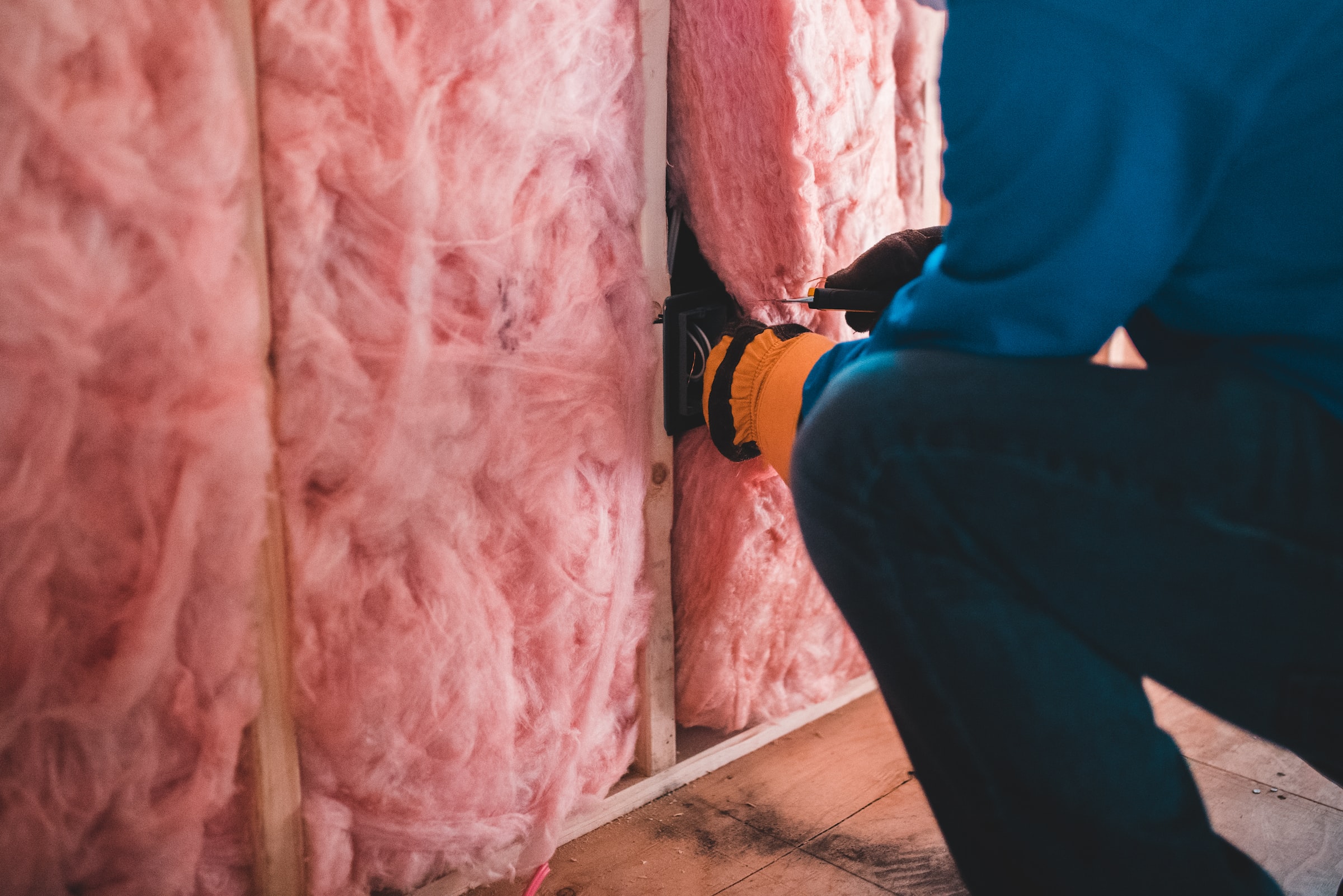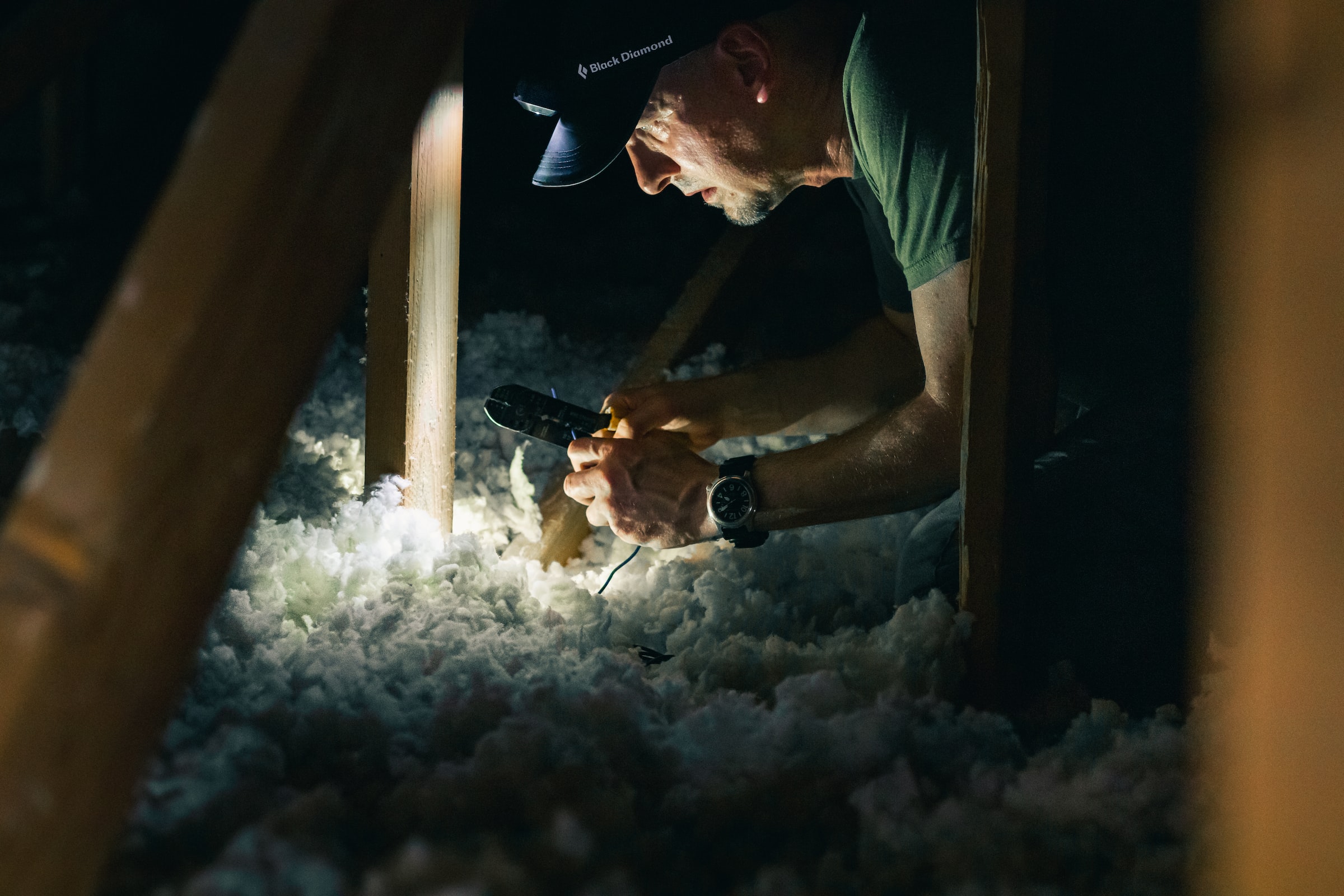Often bulky and can spoil the interior view of a house, the development of the attic has been studied from the construction phase. To reduce the risk of heat escaping through the roof and its elements, insulating all the frames and the cover is part of the technique of thermal insulation of a house. Several interesting and inexpensive options are possible to discreetly install large floors.
The blowing insulation technique

Insulation by blowing consists of spreading the insulating substances under the roof of the floor. To do this, the insulation will be crushed in a carding blower in order to be projected easily through the pipes. Thanks to the projection method, it will be easy to come to the end of an insulation of an inaccessible attic such as a lost attic. In addition, the flakes used can be of different types, namely wool, cellulose wadding, etc.
The spreading technique
For a livable or accessible attic, favour the technique of insulation by spreading. It consists of manually distributing the flakes to obtain a thick and homogeneous layer of insulation. This process is carried out using a rake which makes it possible to equalize the thickness of a layer of flakes over the entire surface. To do this, you must wear protective equipment such as a mask and slippers so as not to enter the bronchi and eyes.
The roller insulation technique
Insulation with the roll is suitable for an attic of sufficient height and is provided with a floor-to-floor. Indeed, an insulating roll is placed on the floor or between the joists. It is carried out in two stages, the first of which consists of spreading the first layer between the joists before covering the entire floor with the second layer of roller. It is easy to implement and inexpensive compared to other insulation techniques.
Indeed, the roll is light, flexible and can be cut in any length. This insulation exists in rock wool, glass wool, etc. To maintain the performance of the insulation materials, it is recommended to set up a vapour barrier in order to avoid thermal bridges. Indeed, the activities of the occupants of the dwelling can generate water vapour inside a house.
This can be made worse by temperature variations between the inside and outside, which causes water vapour to penetrate the inside of the roll wall or other thermal insulation. This phenomenon easily degrades insulating materials and reduces their insulating performance. Thus, the installation of an external vapour barrier is essential to guarantee the longevity of the materials.
The technique of insulation with panels

Like rolls, insulation boards are installed on floors or between joists. Due to the rigidity of the panel, its implementation is quite complicated compared to that of a roller. For good thermal insulation, choose the polyurethane panel. It weighs almost nothing and has an interesting thermal conductivity coefficient of around 0.022 W/mk.
In addition, it is an ecological material because its production consumes little energy. Its installation on the floor or between the joists is carried out using a fixer. It can be easily cut to obtain a custom installation. Then, it is imperative to use the vapour barrier to prevent the passage of air and water through the wall of the insulation.
In addition, to ensure the continuity of the insulation work between the under-covering and the wall surface of the attic, you can also cover the wall with the polyurethane panel. In this case, you must use an adhesive mortar which is to be put on the panel to ensure bonding with the wall surface. This process improves the aesthetics of the work. To benefit from this attic insulation service, you can call on an expert in construction work.
Sound off in the comments section below, and tell us what you want to read next and if you want to read more about insulating your attic.


